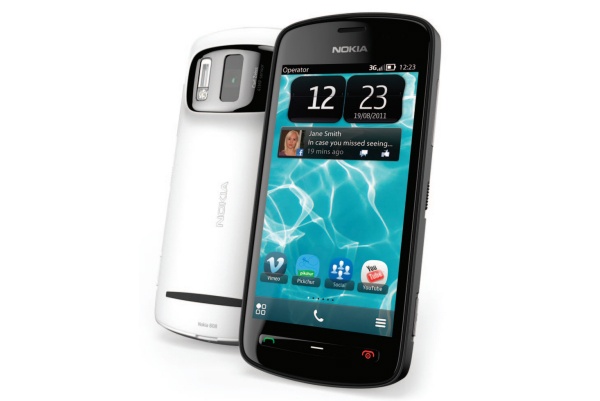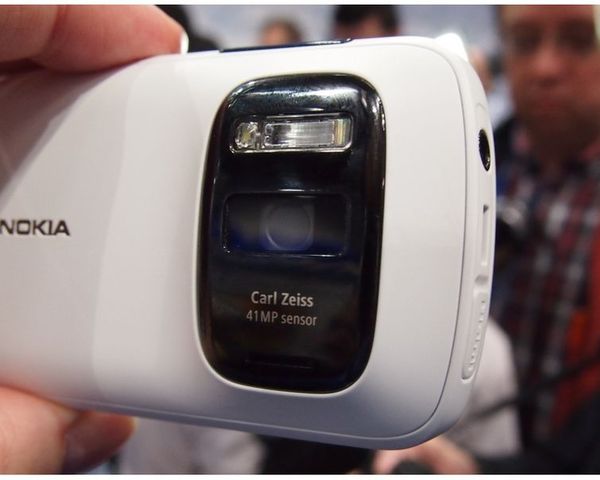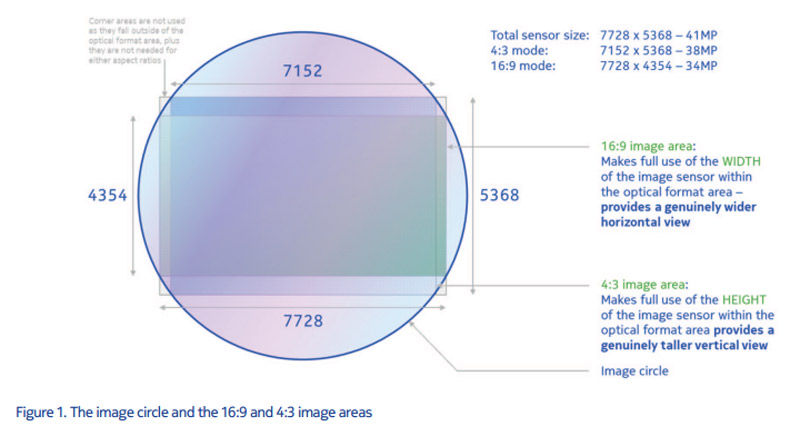Affiliate links on Android Authority may earn us a commission. Learn more.
How good is the PureView 808, Nokia's 41MP camera phone?

If there’s ever been a nit to pick with most smartphones, it was usually related with the phone’s camera.
In this area, Nokia (regardless of its dwindling market share) has been far ahead of the competition, with the 12MP Carl ZEISS-lensed camera on the Nokia N8 blowing the competition out of the water. Now, the Finnish company managed to raise the bar even higher with the introduction of the Nokia PureView 808 phone, that features an unheard-of 41MP camera!
About the Nokia Pureview 808
The Nokia PureView 808 was introduced at the recently concluded Mobile World Congress 2012 in Barcelona. Before moving on to the device’s most distinctive feature – the camera – let’s take a few minutes to talk about the phone itself.
The PureView 808 is primarily aimed at camera enthusiasts, so, as with any niche phone, Nokia had to do a few compromises in other departments. First and foremost, considering Nokia’s intense promotional campaign for Microsoft’s Windows Phone 7.5, it’s a little surprising to find that the PureView 808 runs Symbian Belle OS. This is even more confusing when you consider that Nokia announced that Symbian will be “sunset” in the US market in 2012. (Even though there’s been no official announcement, is this a sign that the PureView 808 will not reach US shores?) Secondly, the phone is of a decidedly chunky design, which is further emphasized by the large camera pod on the back. The phone looks and feels more like a regular digital camera than most of the smartphones found on the market today.
Nokia PureView 808 specs include:
- 4-inch AMOLED capacitive touchscreen, with ClearBlack technology
- 640×360 resolution (184 ppi)
- 1.3 Ghz ARM 11 processor
- 512 MB RAM
- 16GB in built memory, expandable with microSD
- HDMI out port, mini USB port
- 1400 mAH battery
- WiFi 802.11 b/g/n
- Bluetooth 3.0
- NFC enabled

The camera
It also shoots continuous-focus 1080p video, with 4X lossless zoom. At lower resolutions, zoom capabilities increase at 6X for 720p and 12X for nHD (640×360) resolutions. With the PureView 808, Nokia sets new standards in audio recording, as well. It’s the first video recording device to offer distortion-less audio recording even in the harshest environments, giving users CD-like audio quality.
How does it work?

Packing a huge sensor with almost four times the resolution of other phone cameras does not necessarily translate into better pictures. In fact, smaller pixels collect less light and reduce image quality. The trick employed by Nokia to solve this conundrum is to use only a part of the full resolution of the sensor, especially when shooting small pictures. As a result, the PureView’s 808 camera defaults to a 5MP setting. Through a process called over-sampling, Nokia combines seven pixels into one super pixel. This reduces image noise in low light conditions and makes noise non-existent in good lighting.
Over-sampling also allows for lossless digital zoom. As you zoom out, the over-sampling reduces until you reach the limit of the actual resolution. So, if the setting is at 10MP, you can continue to zoom out until it uses a 10MP area of the sensor. Unlike the digital zoom on most cameras, which only “blow up” a picture, reducing image quality, in the case of PureView 808, there is no upscaling, leaving a pure 10MP image. Reducing or increasing the resolution has the same effect on the lossless zoom, i.e. at 5MP, the zoom is 3X, but at 10MP, it will be lower. Nokia has also added a new Slide Zoom feature which allows you to zoom in and out by moving your finger up and down anywhere on the display. Since there are no moving optical components, you will not hear the zooming, which can be important when you record video.
The bottom line, even if it’s possible to change the setting of the PureView 808 to take pictures at 41MP, that is not Nokia’s primary reason for using such a large sensor. Instead, the huge sensor size is needed to provide the advanced zoom and the noise reduction feature we’ve described above.

Performance
The 1400 mAh battery provides 11 hours of talk time over 2G, 6.5 hour over 3G, and an impressive 465 hours of standby time. We don’t have yet information on how will the powerful camera of the PureView 808 affect battery life, especially when doing HD video recording. Answering this question will require us to put the device through a hands-on session, which will be able to do once the Nokia PureView 808 is released, in May 2012.
The Future
With the announcement of the PureView 808, a popular phrase comes to mind, adapted to say “one small step for Nokia, one giant leap for mobile camera technology.” Nokia was already leading the pack with the 12MP camera on the N8 (where most high-end Android devices feature 8MP), and has now upped the ante to new limits. It’s difficult to say whether Android device manufacturers will adopt similar technologies in the near future. But in a highly competitive market, with manufacturers striving to one-up each other with every new device, it’s not inconceivable to imagine a future where your next Android device will feature the brilliant camera technology we see in the PureView 808.
Here is a video to help you further understand the technological marvel that is the Nokia PureView 808.